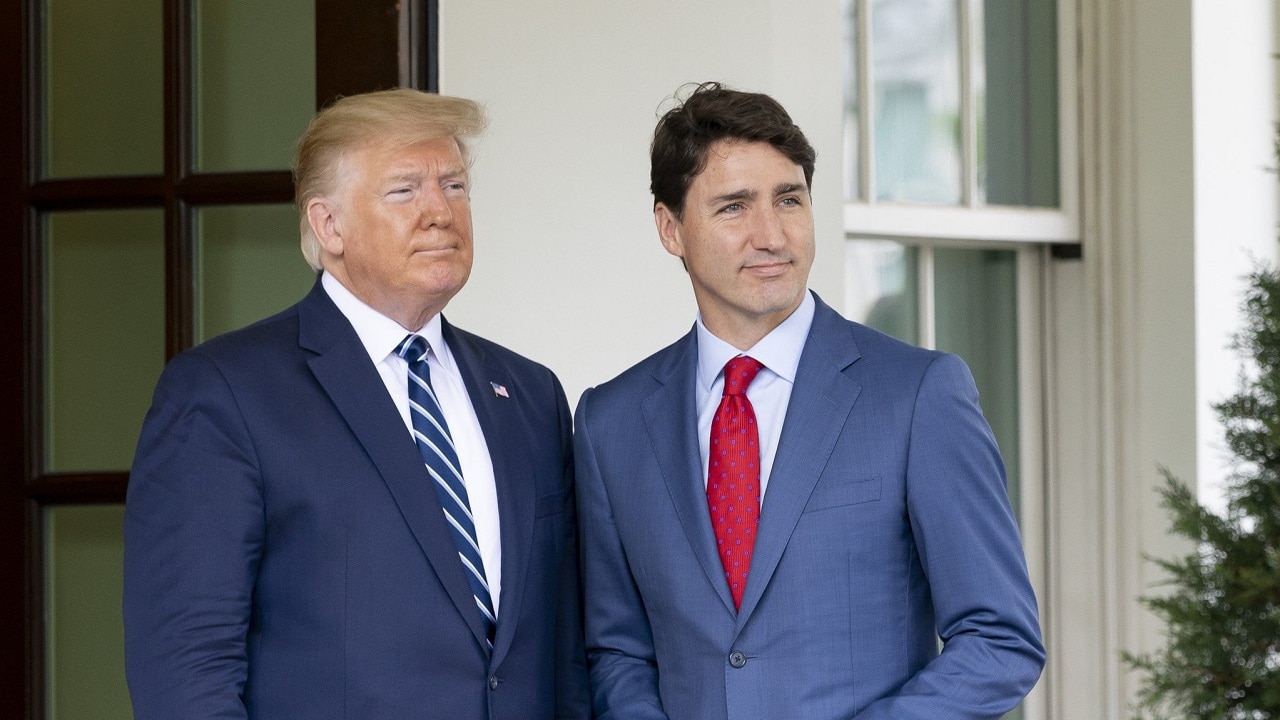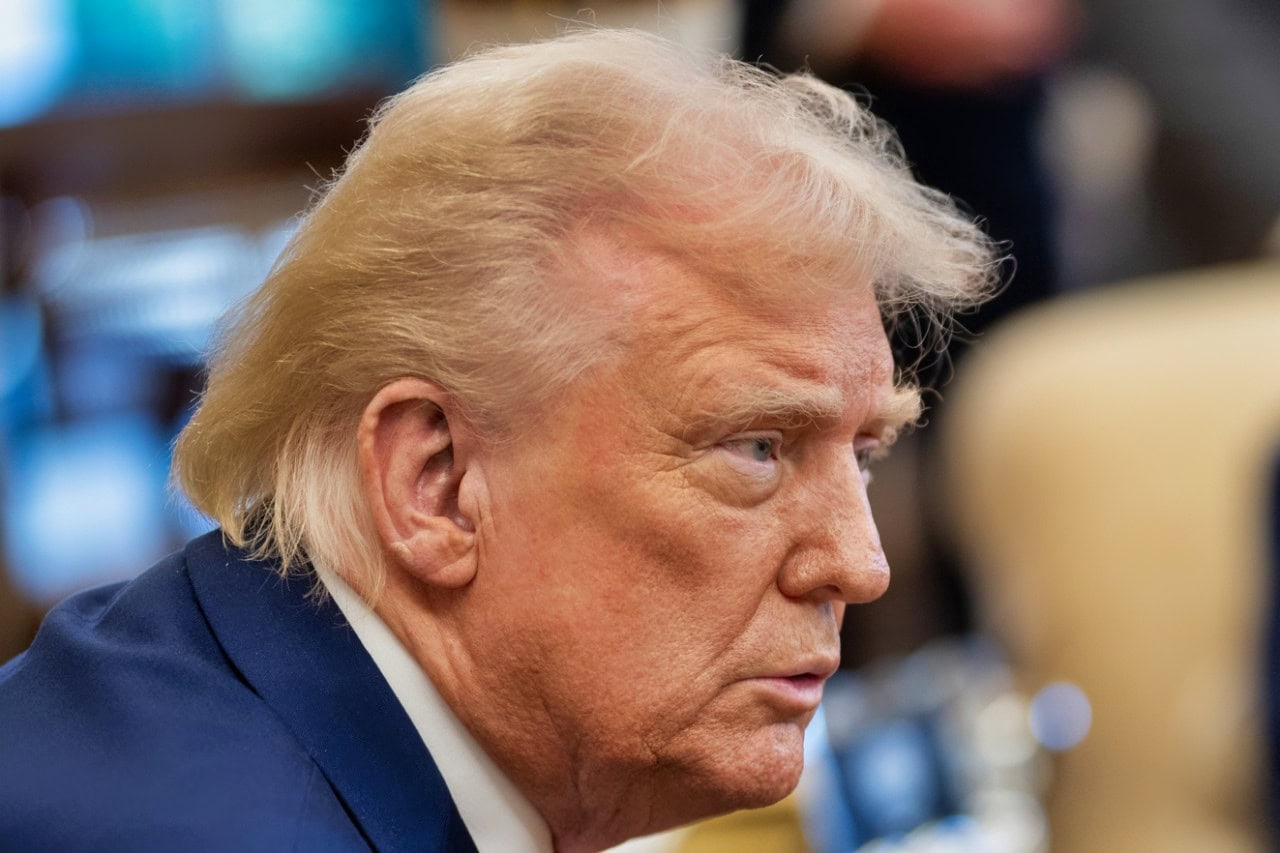Since President Donald Trump implemented his long-threatened tariffs on Canadian imports yesterday the potential scale of the damage they threaten to inflict on our northern neighbor is becoming clearer with each passing hour. But these steep tariffs threaten to inflict severe harm not just on Canada but on the United States as well.
Economically, these tariffs – and the ones Canada is planning to impose in retaliation – jeopardize not only the U.S. part of what has long been a fully integrated North American Automobile industry, but also U.S. access to essential resources such as critical minerals, rare earth elements, potash, oil, gas, and electricity.
And in addition to these harmful economic effects, the Trump tariffs also threaten to alienate a key ally, potentially undermining Canadian-American defense cooperation in the crucially important North Pacific, Arctic and North Atlantic theaters.
The U.S.-Canada Trade War Begins
Let’s unpack these claims. The U.S. automobile industry is integrated with Canada’s. Canadian factories are a key element of an integrated North American automobile industry that is composed of seamless North American supply chains. Not only would Imposing a 25% tariff on Canadian goods disrupt these supply chains, but Canada’s reciprocal tariffs will inevitably amplify those disruptions – leading to increased production costs for U.S. automakers. Indeed, one recent report concluded that the Trump tariff could raise the price of a SUV assembled in North America by $9,000 and a pickup truck by $8,000.
These elevated costs will inevitably be passed on to consumers in the form of higher vehicle prices – with the knock-on effect of reducing the competitiveness of American-made cars in both the domestic and international markets.
Such an outcome would inevitably lead to declining sales, job losses, and the expansion of the post-industrial rust belt – all contrary to Trump’s election promises and the interests of a significant part of his blue-collar base. It is beyond ironic that this sort of dynamic is precisely what the United States-Mexico-Canada Agreement (USMCA) negotiated by Trump during his first term was meant to prevent.
Canada is also a key source of the critical minerals and rare earth elements essential for various U.S. industries, including defense and various green technologies. A 25% tariff on these Canadian mineral imports could cost U.S. industries as much as an additional $11.75 billion per year.. Beyond that, Canada supplies almost 40% of the nickel and 70% of the aluminum used by U.S. industries.
Disrupting this supply chain by imposing tariffs will inevitably compel American manufacturers to seek alternative – and likely more expensive – sources, thereby undermining efforts to strengthen defense-related supply chains and transition to clean energy technologies.
In the energy sector, the U.S. is heavily dependent on Canadian oil, natural gas, and electricity imports. Trump’s 10% tariff on these energy resources will increase input costs for U.S. refineries and utilities, reducing capacity utilization, negatively impacting the energy sector’s efficiency and profitability and quickly leading to higher prices for individual consumers and businesses.
But the potential consequences of Trump’s tariffs would therefore not be limited to higher gas prices at the pump – they would also compromise U.S. energy security by making the country more dependent on less stable or more expensive energy providers outside North America.
The defense industries on both sides of the border would also be undermined by both Trump’s tariffs and Ottawa’s reciprocal tariffs. Canada and the United States share deeply integrated defense supply chains, with Canadian firms providing crucial components and technologies for U.S. defense contractors and Canada buying much of its military equipment from the U.S.. Tariffs would increase costs for U.S. defense firms, almost certainly delay production timelines and reduce the competitiveness of American defense exports.
For Canada, higher costs and potential trade barriers will incentivise its defense industry to seek alternative markets in Europe or Asia, further complicating joint defense initiatives. The implications for shared defense projects, such as those currently being under the auspices of NORAD, will be reduced efficiency and compromised readiness and interoperability.
Beyond economic consequences, the tariffs risk alienating a long-time and dependable ally. Canada has historically been one of the United States’ most reliable security partners. The two countries famously share not only the world’s longest undefended border but also a deeply integrated defense and intelligence network, involving institutions like NORAD and the Five-Eyes arrangement. However, the imposition of tariffs might force Canada to reconsider its strategic alignment with the U.S..Set featured image
This is not merely a theoretical risk. Canada has been diversifying its trade relationships in recent years, signing trade agreements with the European Union (CETA) and Pacific nations (CPTPP). Now that Trump has imposed his tariffs, Ottawa is highly likely to accelerate this diversification, seeking to reduce its economic dependence on the U.S.by increasing its trade with Europe, Asia, and even Latin America.
A shift in Canada’s defense posture could also follow. The Trudeau government has already signaled interest in strengthening security ties with Europe and Asia-Pacific nations, and Trump’s tariffs will doubtless further incentivize Ottawa to pursue alternative security arrangements.
For example, Canada is already exploring the possibility of participating in European defense initiatives in the hope of diversifying its security relationships in ways that reduce its dependence on the U.S.. Such moves would not only diminish American influence in North America but could also complicate joint defense initiatives, particularly in the North Pacific, Arctic and North Atlantic regions where both countries share vital security interests.
Given all this, as Trump moves forward with his tariffs the result will be nothing short of a self-inflicted wound. It will not only disrupt critical supply chains, raise costs for American consumers, and put blue-collar Americans out of work – it will also push Canada further away from the U.S. in defense and security matters.
Tariffs Could Damage U.S.-Canada Ties Long Term
The longer-term strategic ramifications could be even more severe, with Canada diversifying its alliances and trade partnerships in ways that will undermine American security interests in the High North and the two “beautiful oceans” that Trump seems to intuit are crucial to American security. In an era of great power competition, it would be a potentially catastrophic error for the United States to alienate its closest ally and most reliable economic partner.

President Donald Trump’s meeting with Canadian Prime Minister Justin Trudeau.
The hope, of course, is that cooler heads will prevail and the Trump tariffs will be short-lived. But at the moment, that optimism seems misplaced.
Trump’s tariff war on Canada is likely to persist for the foreseeable future – with catastrophic economic and security interests not just for our northern neighbor, but for those of us living below the 49th parallel as well.
About the Author: Dr. Andrew Latham
Andrew Latham is a non-resident fellow at Defense Priorities and a professor of international relations and political theory at Macalester College in Saint Paul, MN. Andrew is now a Contributing Editor to 19FortyFive, where he writes a daily column. You can follow him on X: @aakatham.

